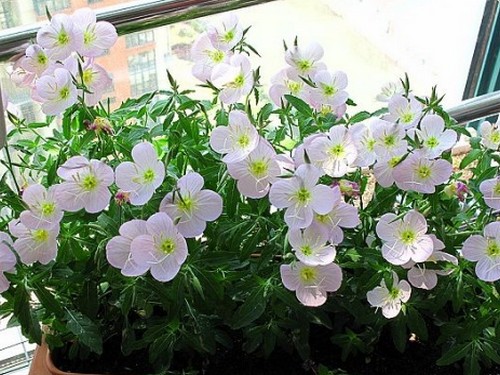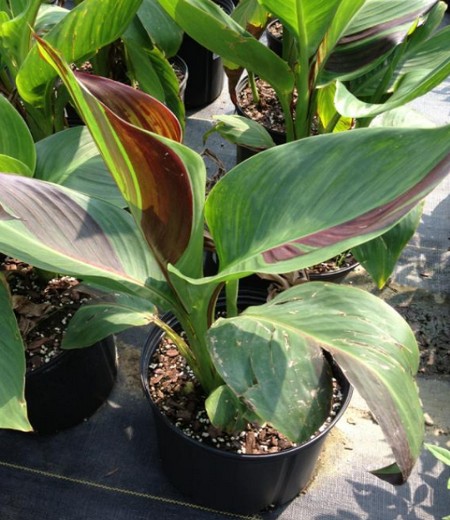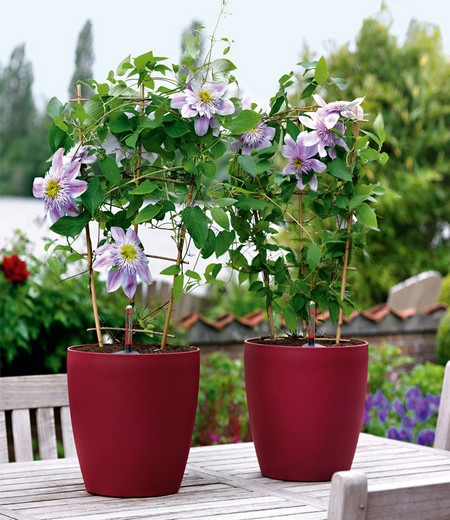Planting methods of Evening Primrose
Evening primrose has strong adaptability, acid and drought resistance, loose soil requirements, generally neutral, slightly alkaline or slightly acidic soil, good drainage, loose soil can grow, it is easy to get disease in the wet soil. North America is an annual plant. It is the most important nutritional drug discovered in this century. It can treat a variety of diseases, regulate blood lipids, and has a significant effect on coronary artery infarction, atherosclerosis and cerebral thrombosis caused by high cholesterol and hyperlipidemia. So, how to plant evening primrose? The following is to introduce the planting methods of evening primrose:

[land selection and land preparation]
Select loose, well-drained land, turn it deeply, bask in the sun for 15 days, and then break it flat to make a 1.5-meter-wide bed. Apply ring fertilizer or stable fertilizer or cake fertilizer as base fertilizer before deep turning, and then sow or transplant seedlings.
[sowing and propagation]
Propagate with seeds, sow in spring in the north, sow and raise seedlings in autumn or spring in various places south of the Huaihe River. When sowing, the soil should be raked fine and flat, and the seeds should be sowed on the border surface, gently raked with a rake and covered with a thin layer of soil. The seeds are small and the soil cannot be covered thick, otherwise the germination and growth of the seeds will be affected. The soil should be kept moist after the seeds are sown. About 10-15 days after sowing, the seeds can germinate seedlings. When most of the seedlings have three or more leaves, they can be transplanted into the pot.
[transplanting into pot]
When the seedlings are installed in the basin, first put a coarse-grained matrix or ceramsite 2cm thick at the bottom of the basin as a filter layer, sprinkle a layer of fully mature organic fertilizer as base fertilizer with a thickness of about 1cm to 2cm, and then cover it with a layer of matrix, which is about 1cm thick, and then put in the plant to separate the fertilizer from the root system and avoid burning roots. You can choose one of the following substrates for potting.
[fertilizer and water management]
Pour water once after putting on the basin and keep it in a shady environment for a week. When transplanting the seedlings, first dig the planting hole, sprinkle a layer of organic fertilizer at the bottom of the planting hole as the base fertilizer (base fertilizer), the thickness is about 46.6 cm, and then cover a layer of soil and put it into the seedlings to separate the fertilizer from the roots and avoid burning roots. After putting it into the seedling, backfill the soil, cover the root system, and trample the soil with your feet and water it once. When the plant is as high as 30 cm, the soil is cultivated around the plant to prevent the plant from lodging. After transplanting or fixing seedlings, manure or urea was applied once to promote seedling growth, and the second fertilizer was applied at the first bud to facilitate flowering and fruiting.
[harvesting and processing]
Evening primrose is an infinite inflorescence, the fruit ripens one after another, and half of the inflorescence can be harvested when it is ripe. When harvesting, cut (cut) the inflorescence with a branch scissors or knife, or pull up the whole plant, dry it, and beat it with a mill or a stick pick to remove the fruit shell and impurities and store it in a cool place.
Time: 2019-05-25 Click:
- Prev

Planting method of potted canna
Banana is strong, adaptable, likes sunny, warm and even hot environmental conditions, but also more cold-resistant, lax requirements on the soil, can grow in all kinds of soil, but the soil layer is deep and fertile soil grows well. The suitable temperature for growth is higher than that of ordinary flowers, which is 2530 degrees Celsius.
- Next

Planting method of Clematis (potted technique)
Clematis clematis branches and leaves are sparse, some flowers are large and colorful, and some florets gather into large inflorescences, which is interesting and unique, which is an indispensable good material in climbing greening. Can be planted in the wall, in front of the window, or attached to the trees, shrubs, planted between rockery and rocks. Cling to a style, gate, fence
Related
- Fuxing push coffee new agricultural production and marketing class: lack of small-scale processing plants
- Jujube rice field leisure farm deep ploughing Yilan for five years to create a space for organic food and play
- Nongyu Farm-A trial of organic papaya for brave women with advanced technology
- Four points for attention in the prevention and control of diseases and insect pests of edible fungi
- How to add nutrient solution to Edible Fungi
- Is there any good way to control edible fungus mites?
- Open Inoculation Technology of Edible Fungi
- Is there any clever way to use fertilizer for edible fungus in winter?
- What agents are used to kill the pathogens of edible fungi in the mushroom shed?
- Rapid drying of Edible Fungi

